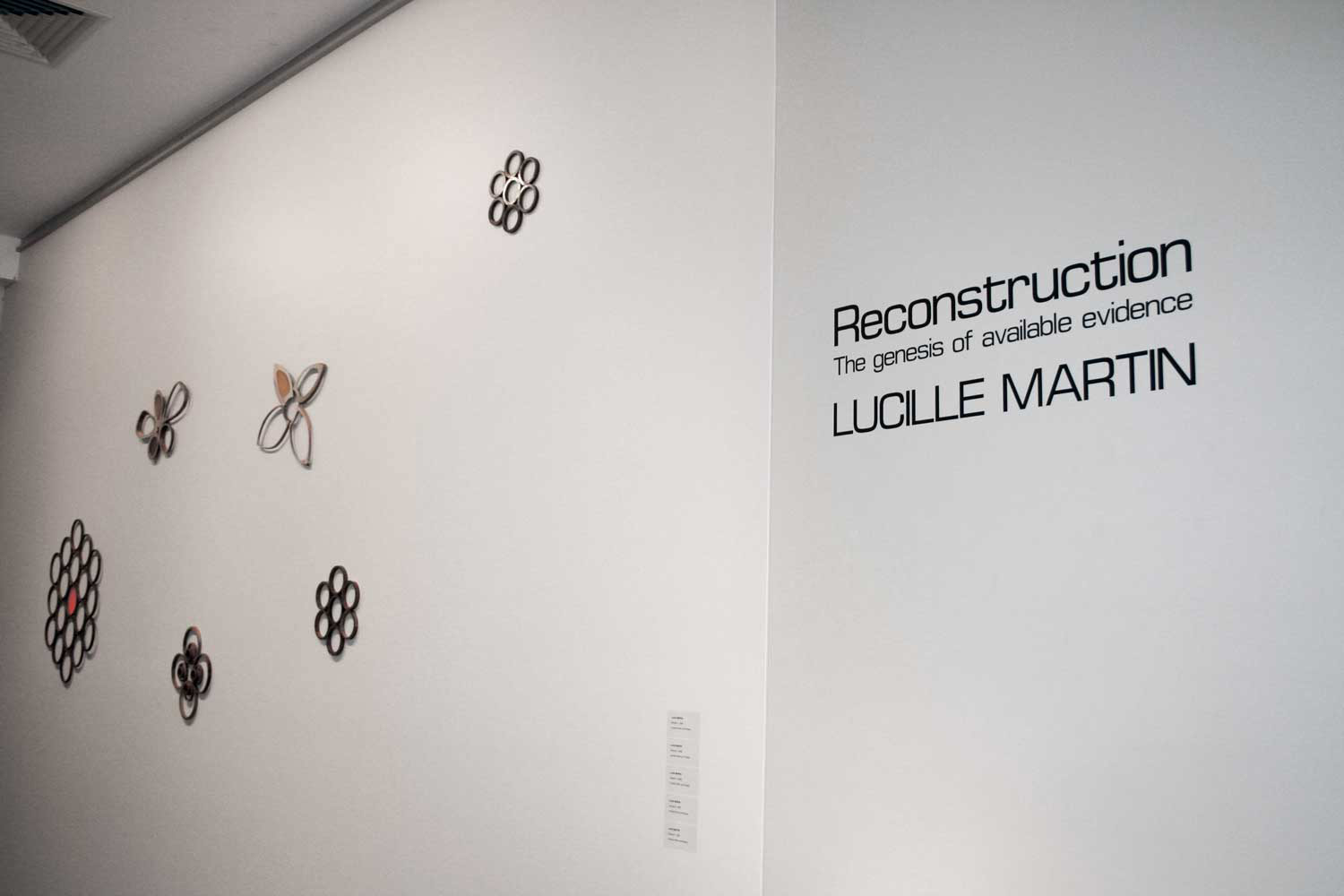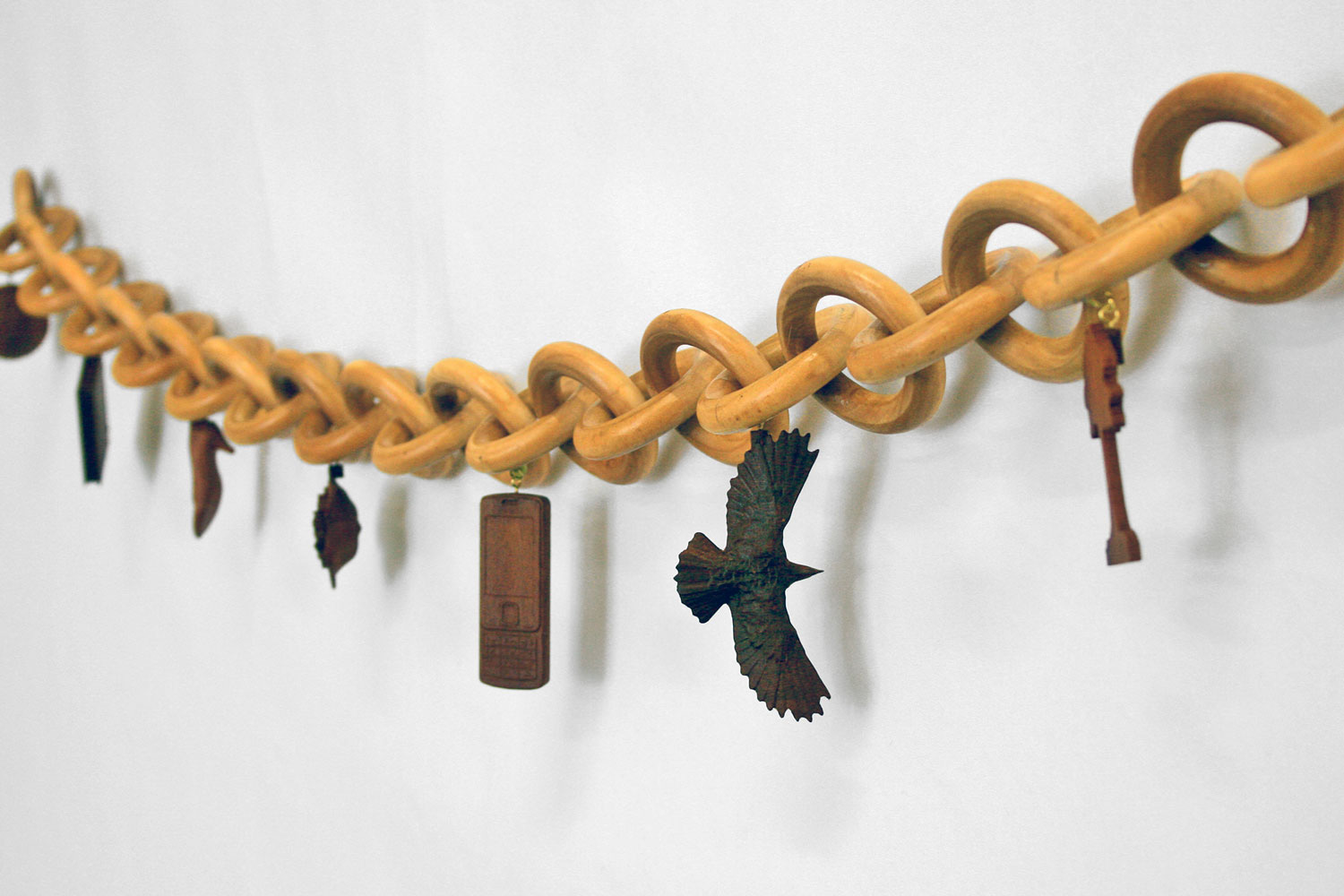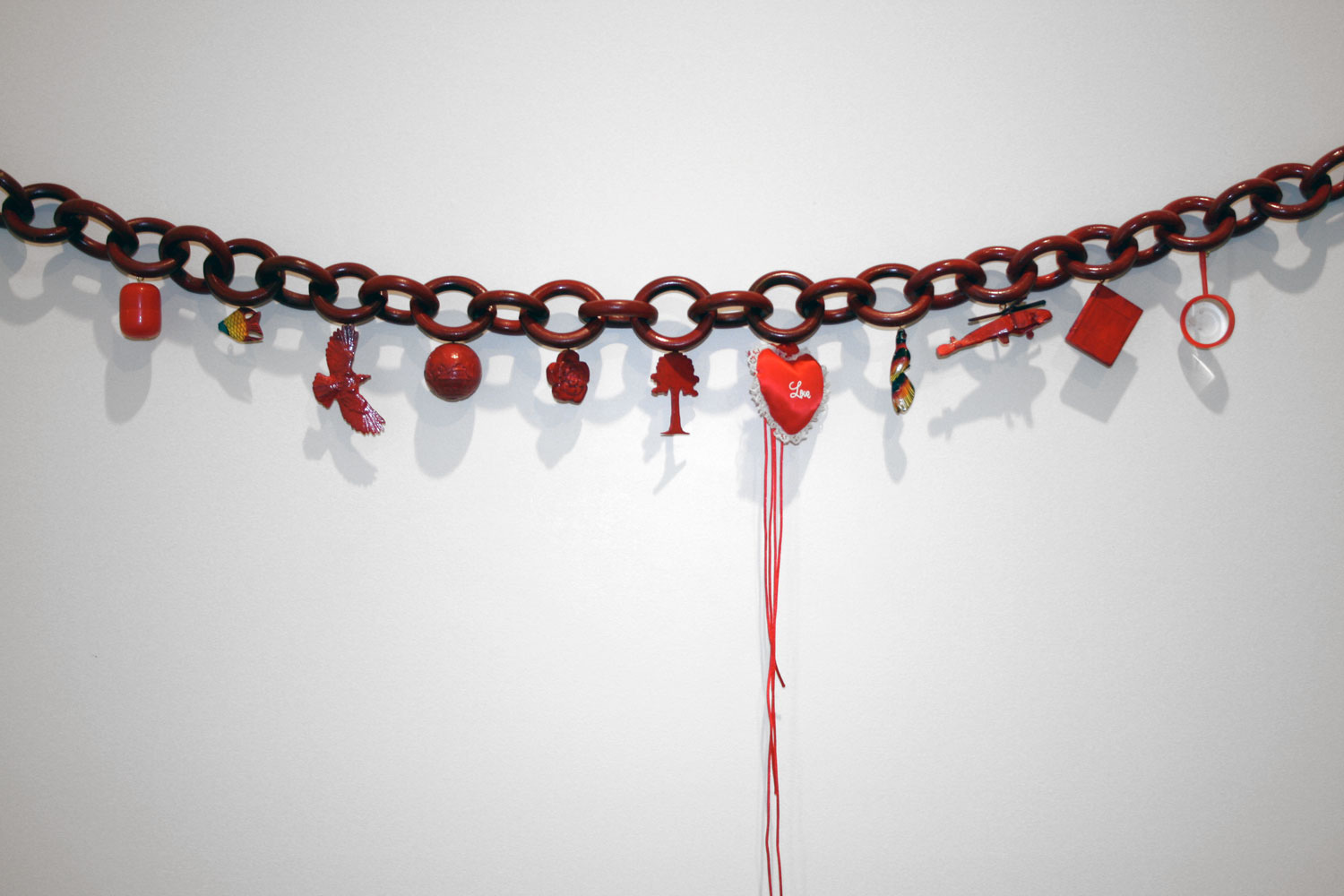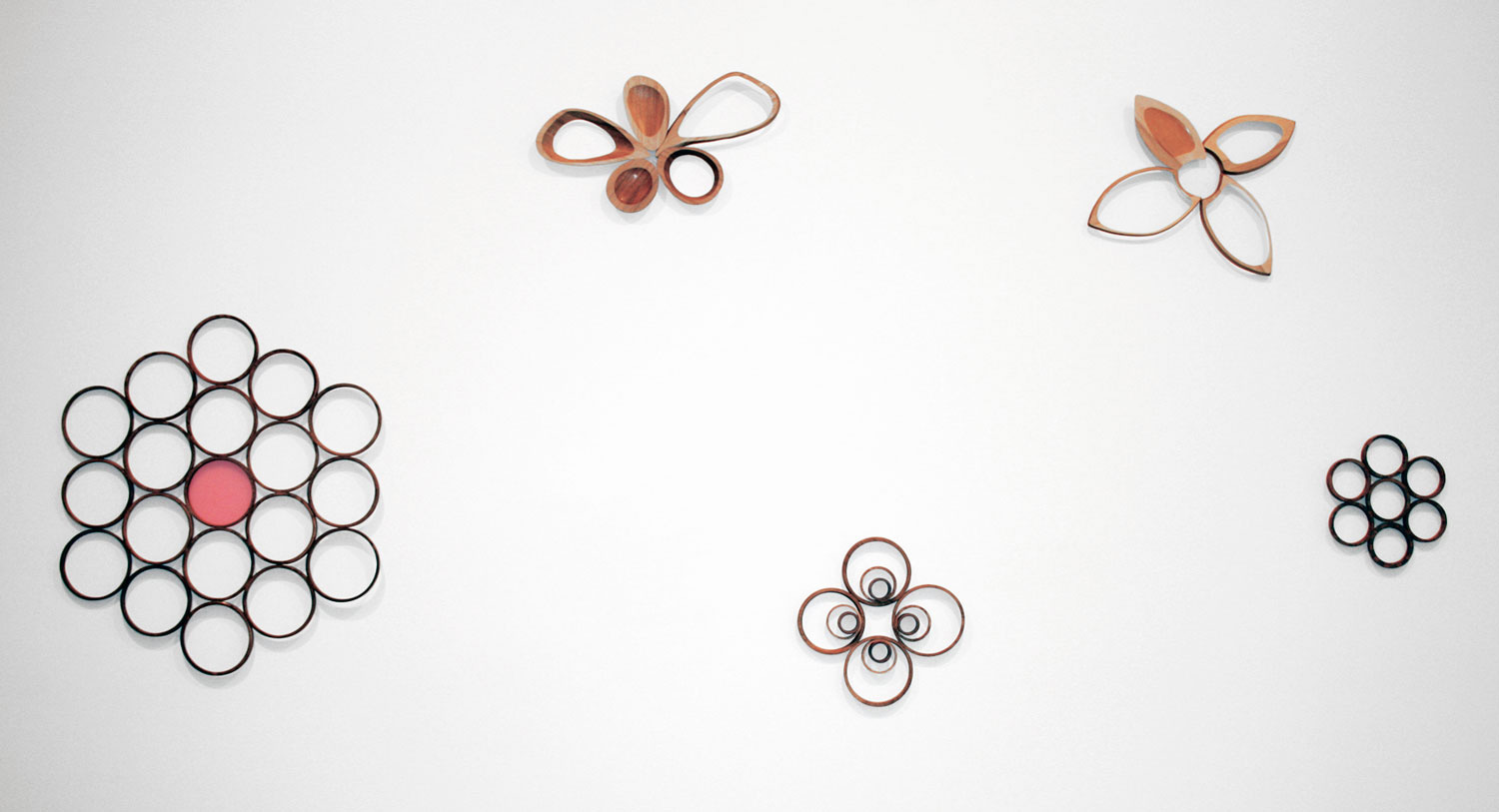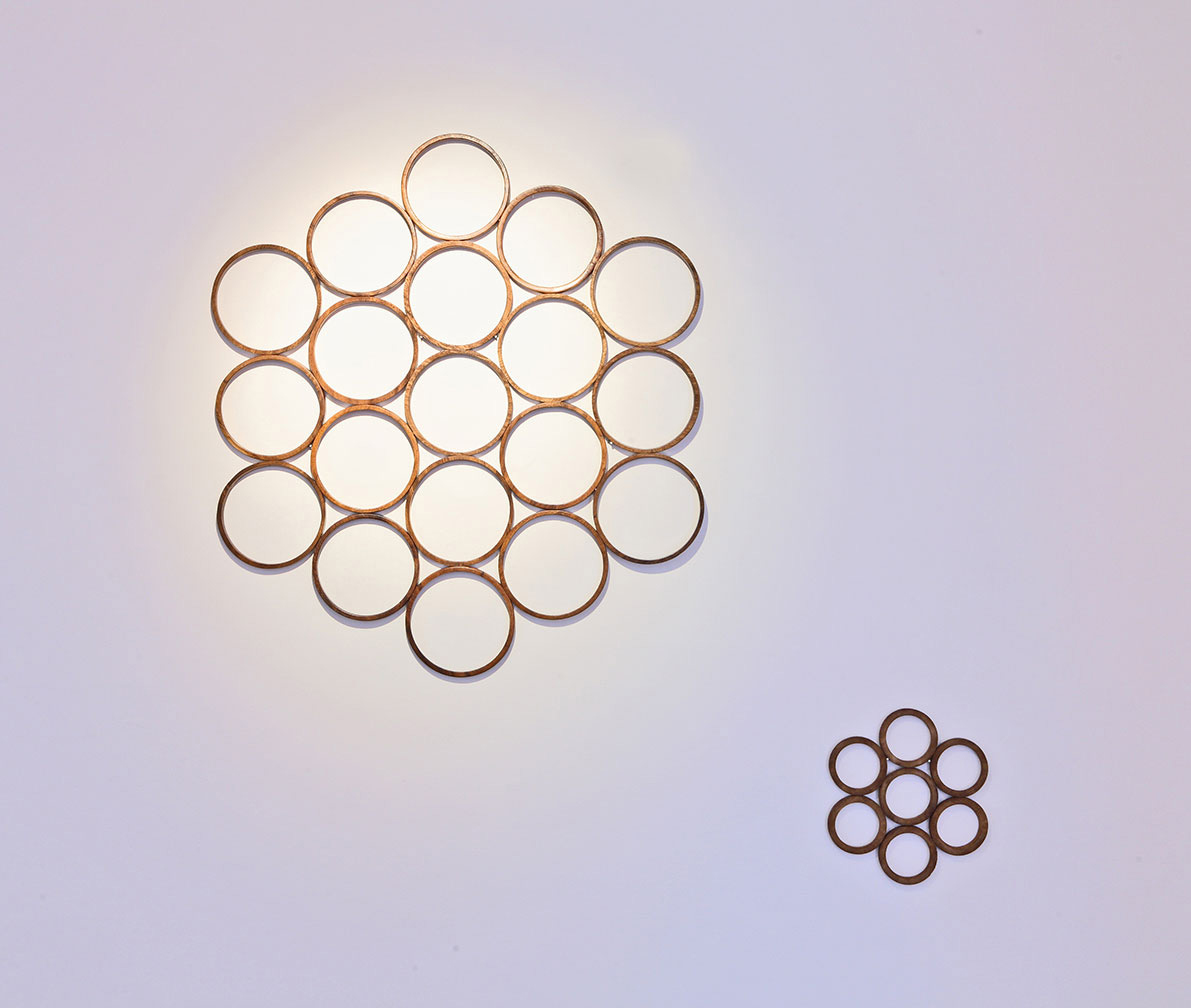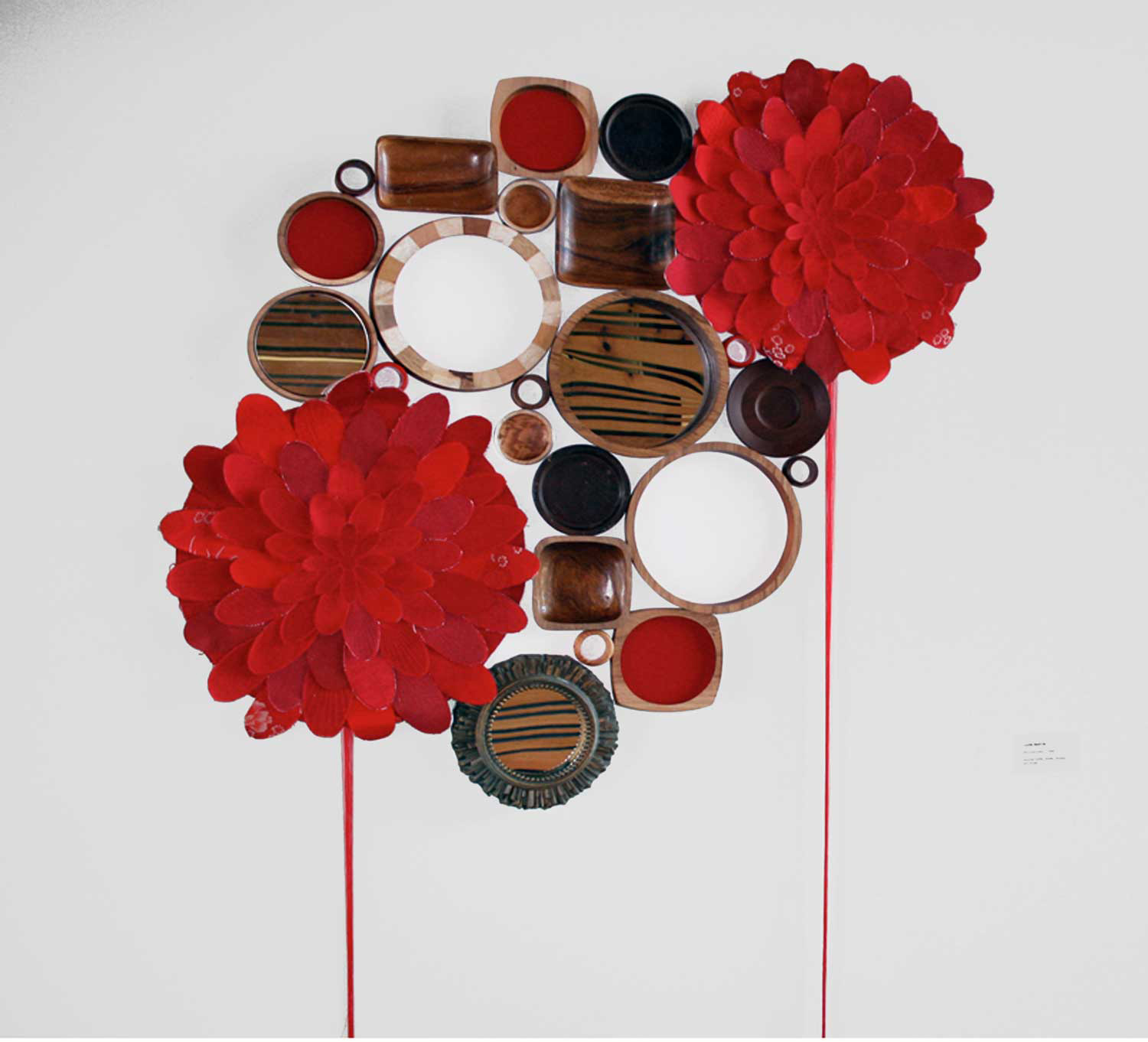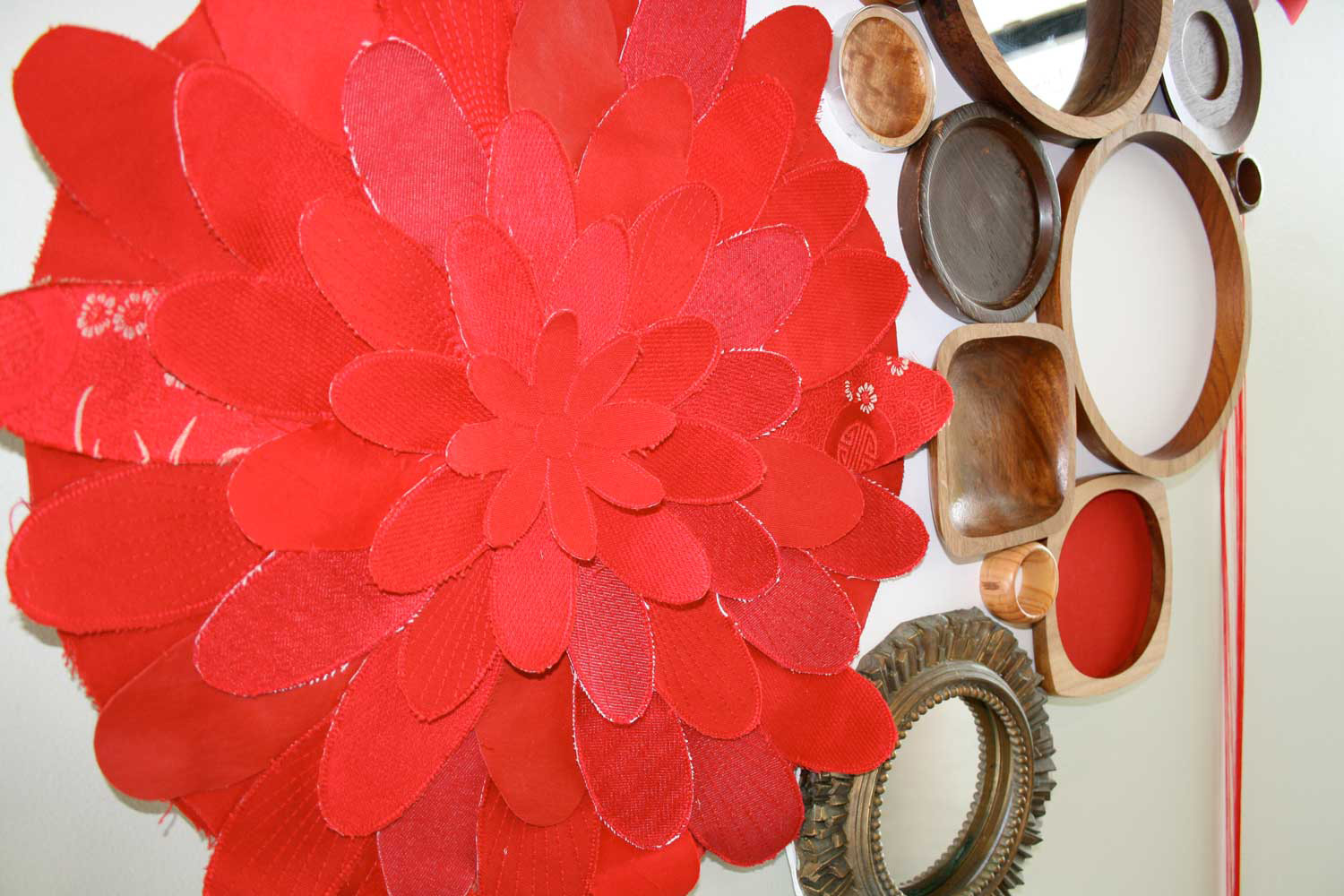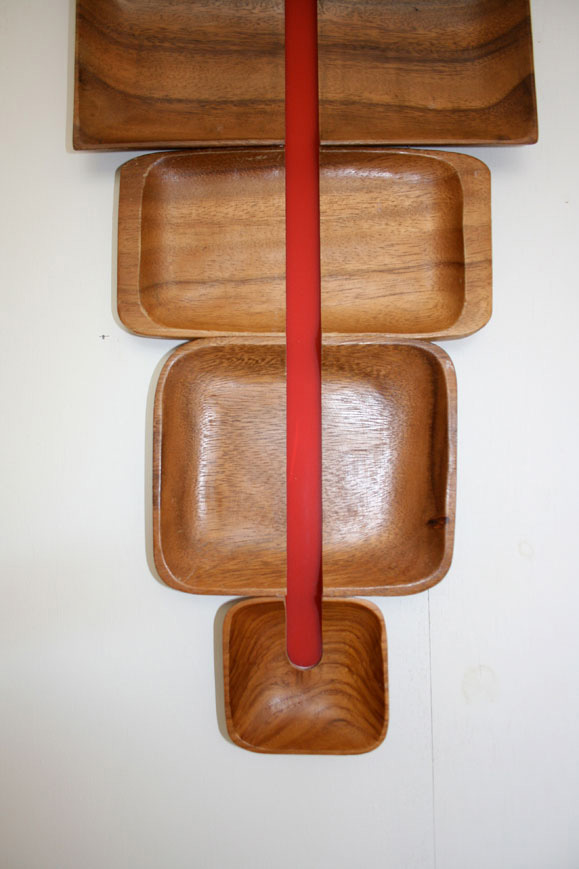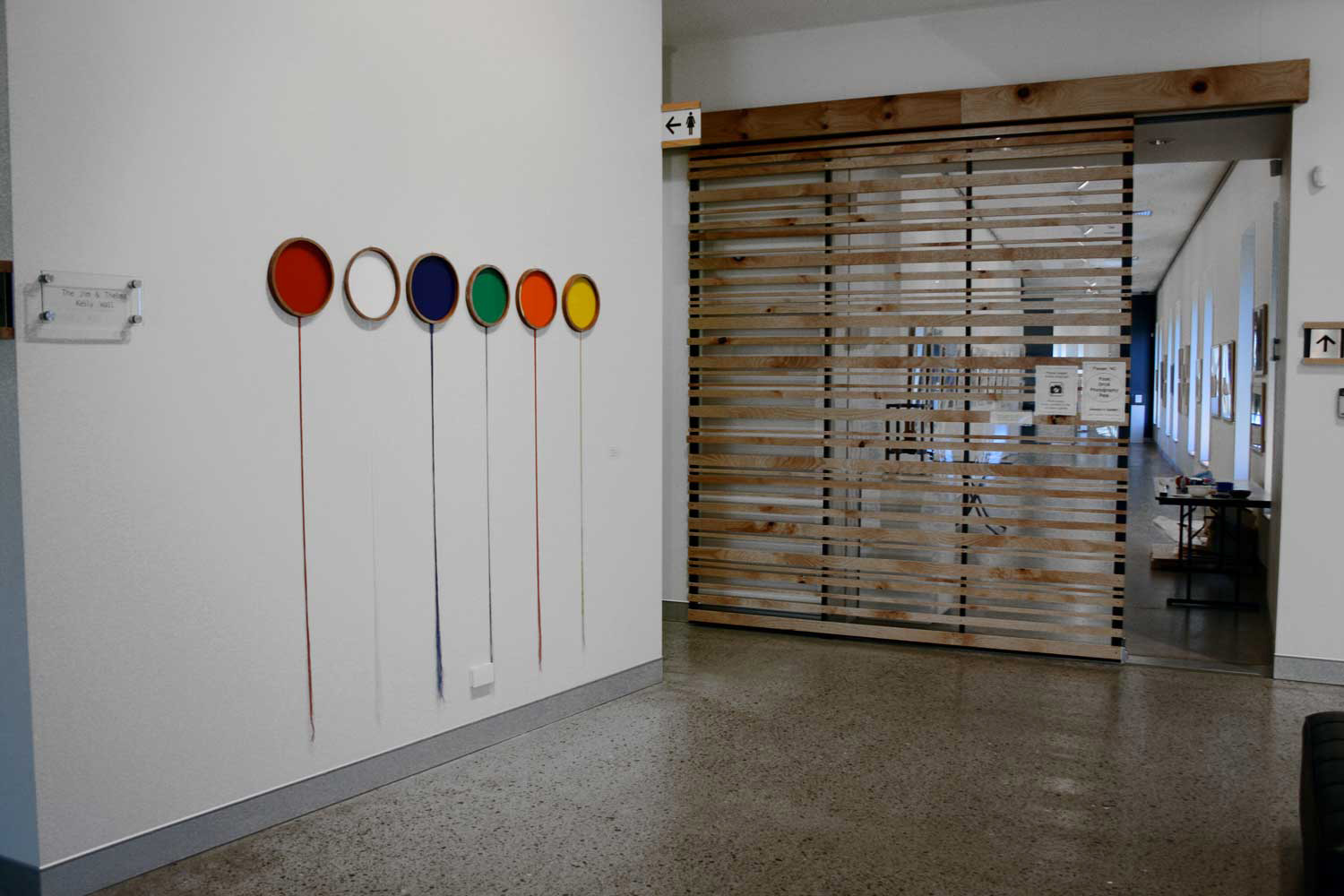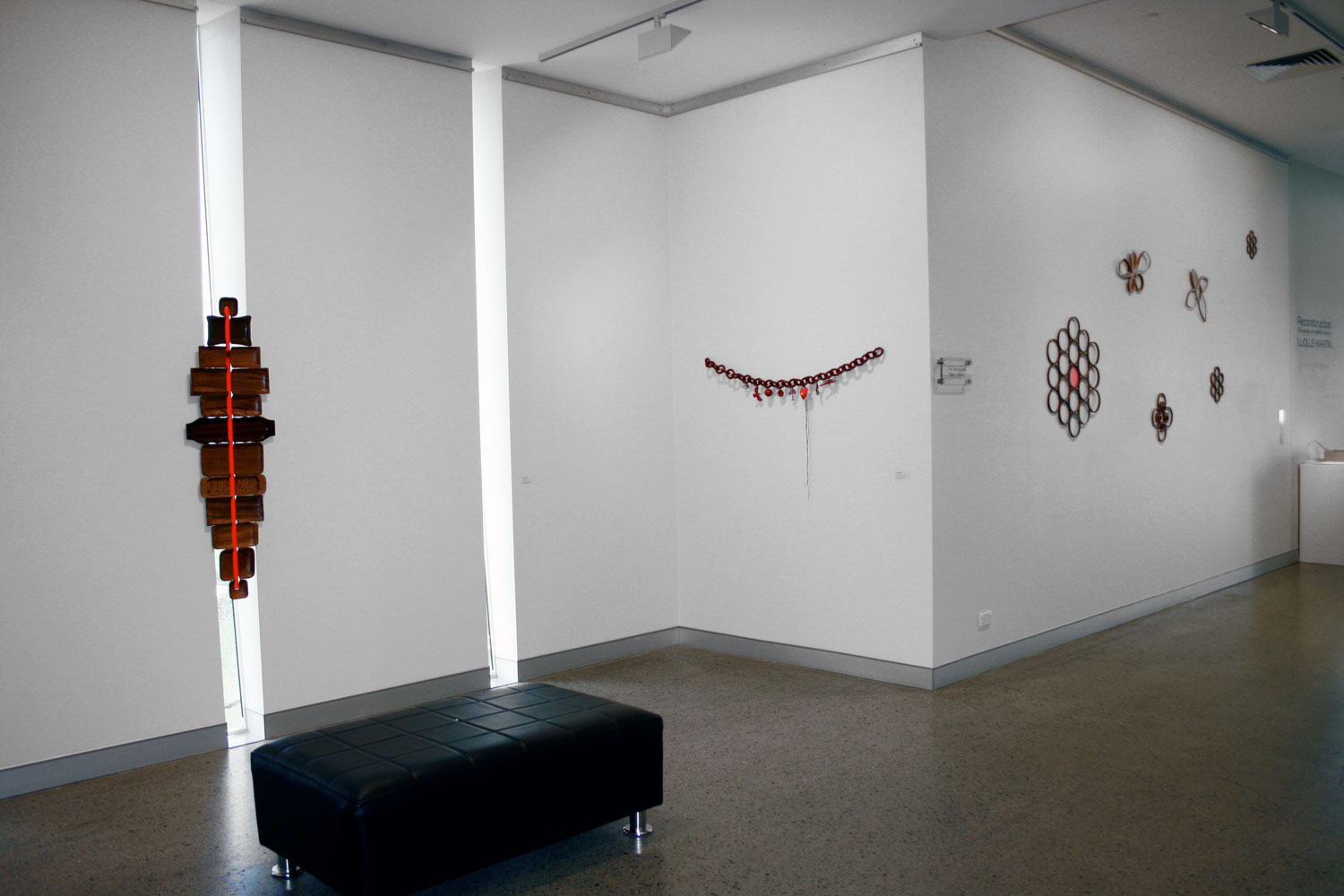RECONSTRUCTION – THE GENESIS OF AVAILABLE EVIDENCE
Year: 2009
Exhibited
2011, Japonisme, Stella Downer Gallery, Sydney. Curator: Sarah Vandepeer
2009, Solo Exhibition, Reconstruction – The Genesis of Available Evidence, Tweed River Gallery, NSW
2009, SOFA Art Fair, The Armory, New York City, USA. Curator Maria Elena Kravetz
Award
Australia Council Professional Development Grant and Residency
Travel, Residency, Exhibition in SOFA Art Fair New York City, Los Angeles USA
Reconstruction- The Genesis of Available Evidence
Beyond Bling by Courtney Kidd, © 2010
In Reconstruction – The genesis of available evidence, the most recent body of work from Lucille Martin, she interrogates further an impressive artistic practice that has breathed and pulsed with energy since her first exhibition in Australia twenty years ago.
Identified as a textile artist, Martin works ruthlessly as a bricoleur. She scours sources, whether pages of text or second hand shops, reworking what have been hatched. This then evolves as ideas and new objects, probing the mediums of art and craft en route.
Martin’s skilled craft making, once grounded within the art work’s surface, is synthesised through the sculptural making process. By manipulating the traditional practices of sewing and monogramming, she provokes new contexts, positioning objects with modern technology and the polemic of contemporary language. It is a process that works as metaphor for the layering within the natural and spiritual order, one disrupted by a global diet of consumption and consumerism.
Six Degrees of Separation, embodies the cycle of discarded, found, recycled and reconstructed. The title work uses timber rings backed with different colours loosely based on the six popular colours used in world flags and juxtaposed with harsh industrial acrylic, wood and fragile textile threads. Optical wall pieces, these constructions, whether made up of reworked trinkets or weathered ornaments, are prosaic, part of other’s lives that now dance and breathe in two and three dimensional spaces alive to fresh interpretative power.
Part of this working method is about re-kindling the cultural values of process oriented work. Martin acknowledges in this the dignity of hand labour, much of which has been lost to contemporary culture. As artist practitioner respectful of the labour of making art she is humbled too by the focus and persistence required to undertake the activity amidst global commercial imperatives. The result – a modernizing of century old methods and ideas poised on the cusp of contemporary object and image.
